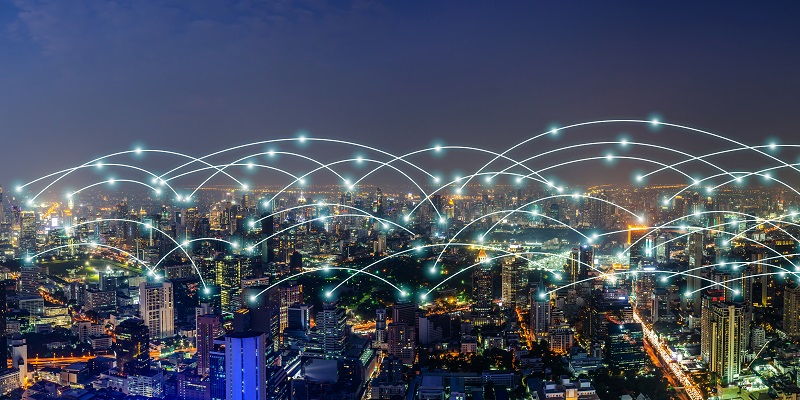In a world that is increasingly reliant on technology, reliable internet connectivity has become a necessity. From online shopping to remote work, access to the internet has fundamentally transformed the way we live and work. As a result, telecommunications companies have come to play a critical role in providing seamless, uninterrupted connectivity to users around the globe. However, with the advent of emerging technologies like the metaverse, augmented reality, and consumer IoT devices, the demand for reliable internet connectivity has grown even more urgent.
Survey Results
According to a recent survey conducted by Amdocs, the vast majority (89%) of U.S. consumers claim to have reliable internet access. However, nearly two-thirds (61%) of these same consumers who are users of new technologies like the metaverse, AR, and more believe that the experience divide will increase due to unreliable or slow internet speeds. This discrepancy highlights a significant challenge that the telecommunications industry now faces – the experience divide.
The Experience Divide
The experience divide refers to the growing disparity between users who have access to reliable, high-speed internet and those who do not. This divide poses unprecedented challenges for consumers and businesses alike, particularly as new innovations continue to emerge. The issue is not merely confined to rural or underserved areas; even consumers in urban centers may receive slower speeds or unreliable connections.
As the gap between those with dependable internet access and those without widens, consumers with poor connectivity will be left behind, missing out on the full range of possibilities and benefits that new technologies can offer. In a digitally and technologically advanced society, this divide must be bridged to ensure equitable access to opportunities and resources for all.
Increase in Connected Devices
The rise in the number of IoT devices in households is further complicating the issue. Household penetration of IoT devices has skyrocketed over the last few years, with over 50% of households now having nine or more connected devices. This rise will have a significant impact on internet reliability and the experience divide. With so many devices connected to one router, slower speeds, and connection drops are becoming more common.
The global IoT market
The global consumer IoT market is predicted to have a compounded growth rate of almost 25% by 2027. As new technologies like the metaverse, cloud gaming, and augmented reality headsets become more affordable and widespread, the demand for connectivity will only increase. This presents a unique challenge for telecommunications companies as they must develop and deploy new infrastructure and resources that can keep up with demand.
Future demand for connectivity
The demand for reliable, high-speed connectivity is only set to increase as more technologies emerge. As devices become more interconnected and reliant on the cloud, fault-tolerant networks will be necessary to support those devices’ demands. In addition, the use of emerging technologies will continue to reshape the telecommunications industry, driving increased innovation and competition.
Aggregation of networks
To provide ubiquitous connectivity, CSPs must act as aggregators for different types of networks, allowing consumers to switch seamlessly from one to another and also have backup if something goes wrong with their connection. By doing so, telecommunications companies can provide customers with uninterrupted access to the internet, even if their primary connection goes down. This can help bridge the experience divide and ensure that all consumers have access to reliable connectivity.
Agility and Competitiveness
As our digital society becomes increasingly hyperconnected over the next few years, it’s essential for CSPs to remain agile and competitive to meet the moment. This means investing in new technologies that can support consumer demand, developing new architectures that can support emerging technologies, and embracing innovations that enhance the customer experience. Failure to adapt to this rapidly changing landscape is likely to leave CSPs behind, as more nimble and adaptable companies move in to fill the void.
Standalone 5G networks
The emergence of standalone 5G networks presents an exciting opportunity for CSPs to address the new challenge that the experience divide poses. These networks have the potential to provide seamless end-to-end customer experience while also bridging the experience divide between those with reliable connectivity and those without. However, this will require significant investment in new infrastructure and resources, as well as a commitment to innovation and agility.
The critical role of CSPs in providing reliable and seamless internet connectivity cannot be overstated. For emerging technologies to thrive and fulfill their potential, reliable internet must be accessible to all. The experience divide poses a significant challenge for the telecommunications industry, but with innovative solutions and a commitment to customer experience, the gap can be bridged, and equitable access to technology can be ensured. By investing in new technologies, developing new architectures, and adapting to changing consumer needs, CSPs can meet the moment and provide users with the high-speed connectivity they need to succeed in a hyper-connected world.

